Want to use SendLayer with a domain hosted on Network Solutions?
SendLayer provides a reliable solution for sending transactional emails from your Network Solutions domain, ensuring straightforward integration and consistent delivery.
In this tutorial, we’ll show you how to set up SendLayer with a site that’s hosted on Network Solutions.
Before getting started, be sure to:
Viewing DNS Records in SendLayer
After you’ve added your domain, SendLayer automatically detects your domain host and generates 5 unique DNS (Domain Name System) records unique to your domain.
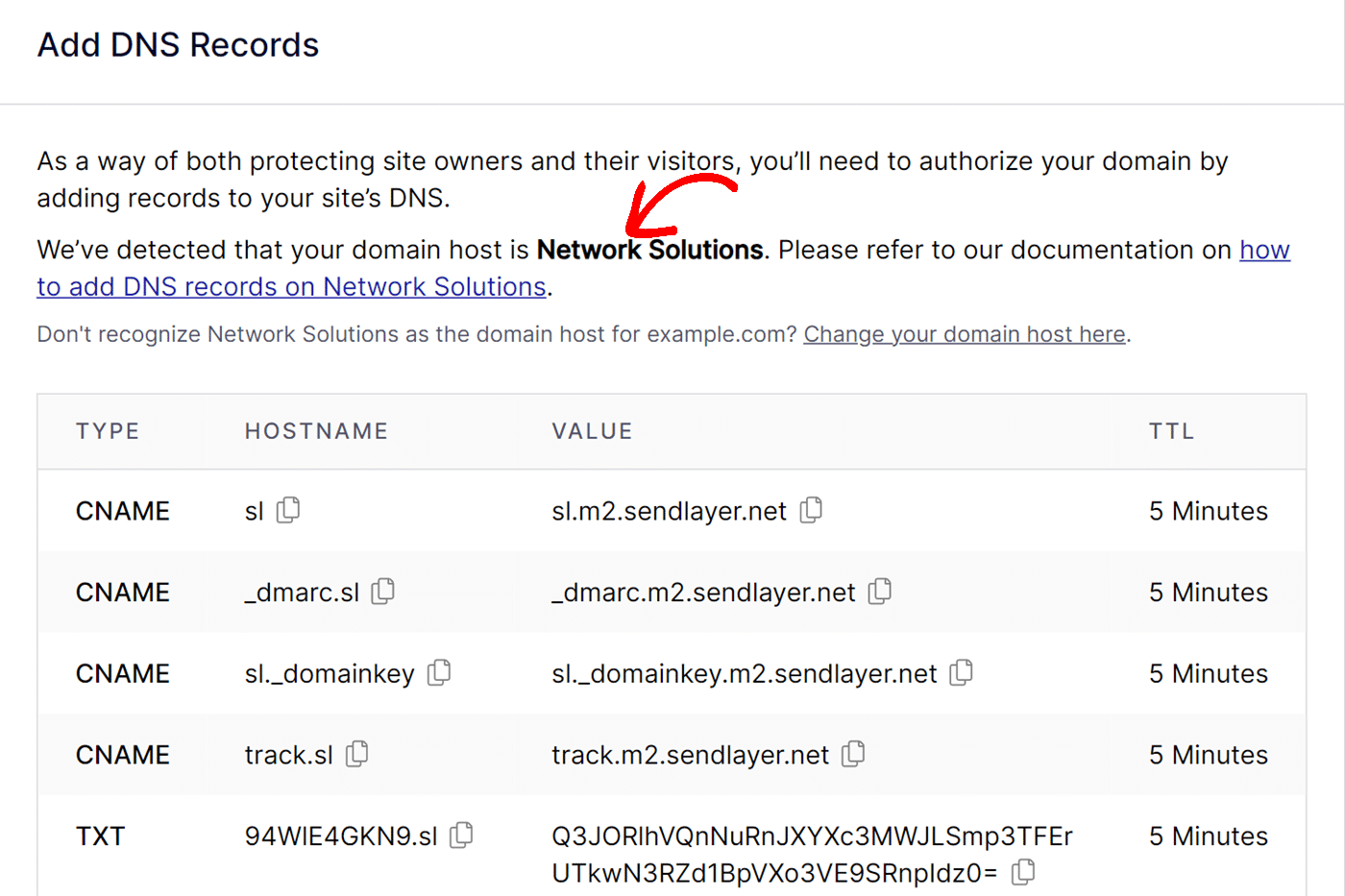
If it doesn’t detect your domain host, click choose your domain host and select your domain registrar.
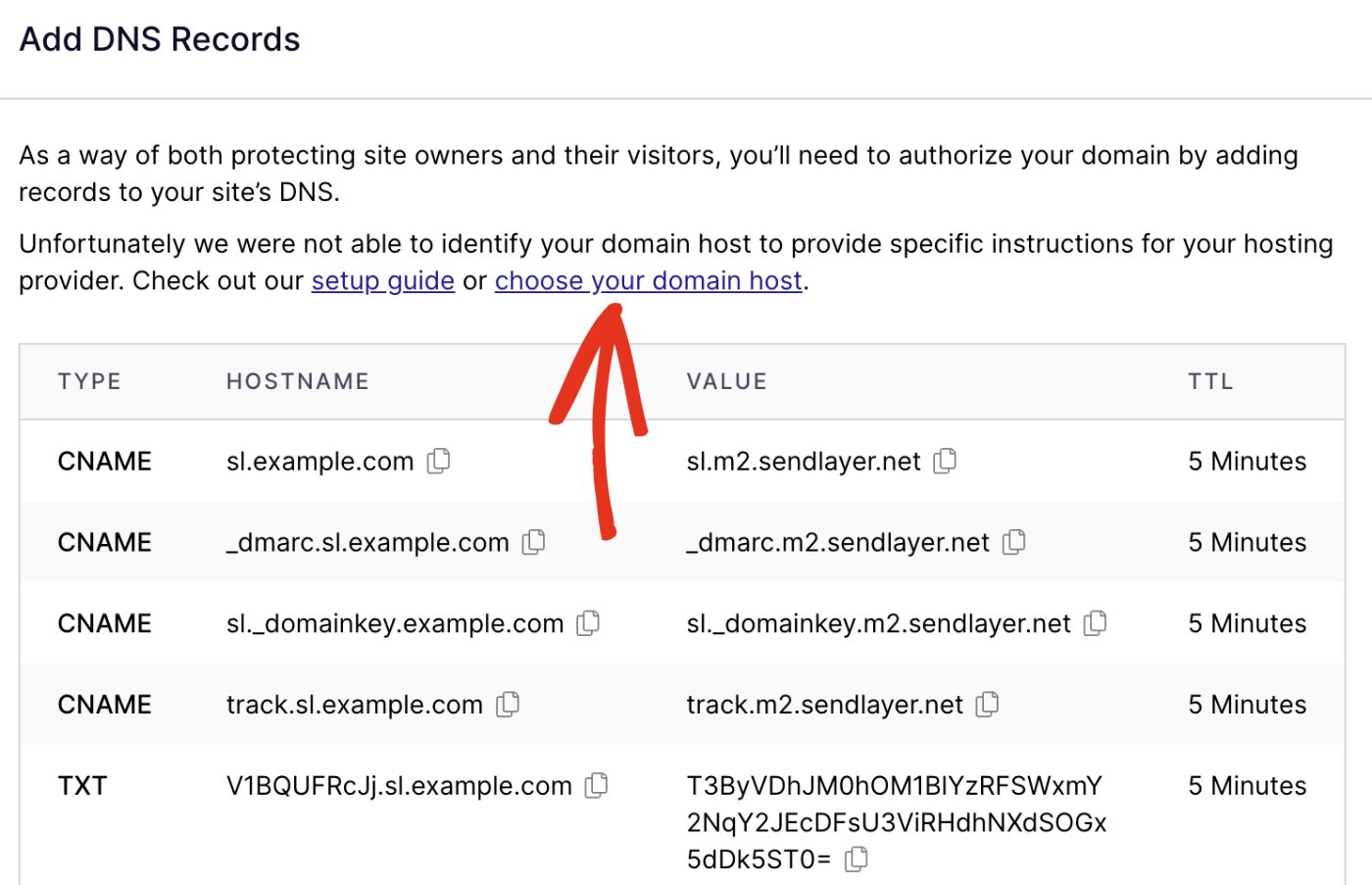
In the overlay that appears, click the Choose your domain host dropdown and select your domain registrar from the available options.
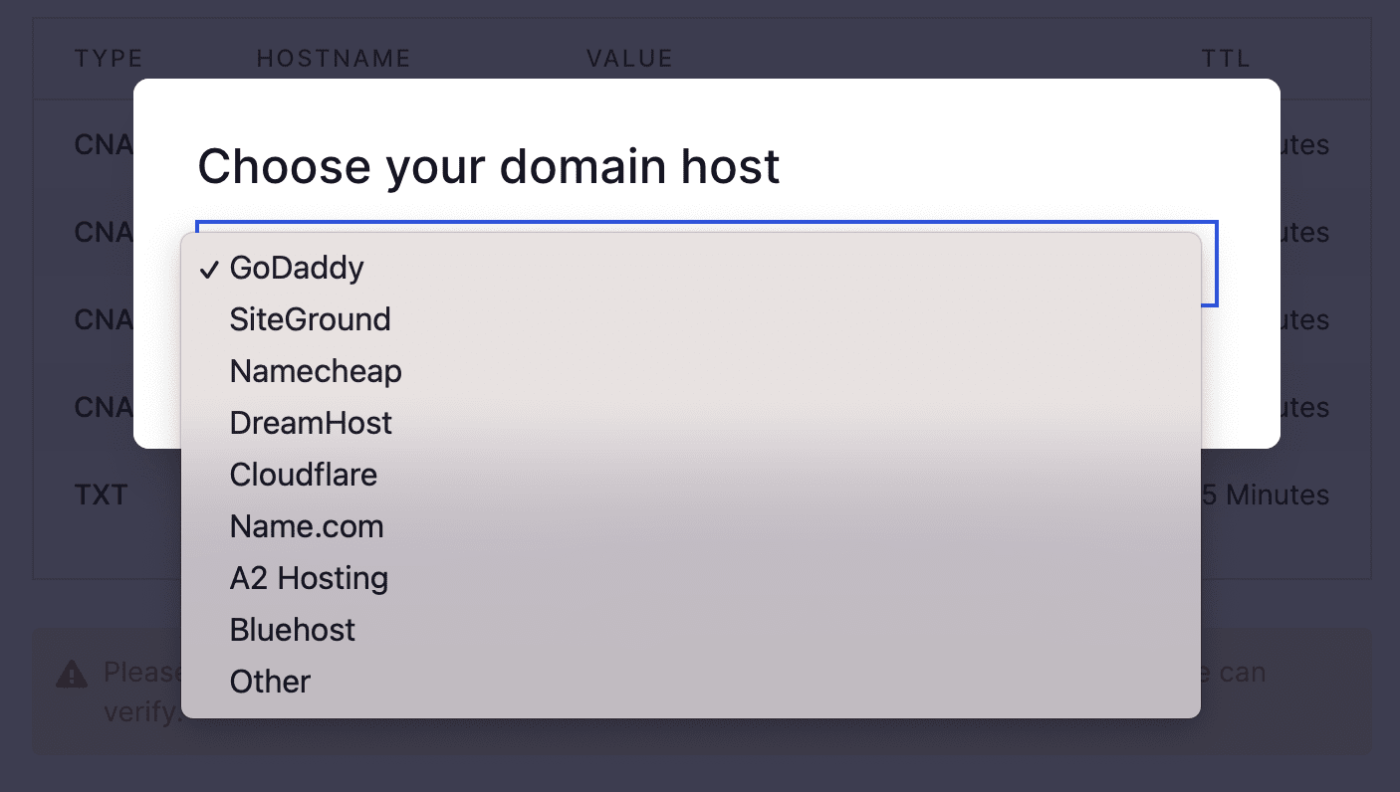
If you don’t find Network Solutions from the dropdown, we recommend choosing the Other option and using the general DNS settings.
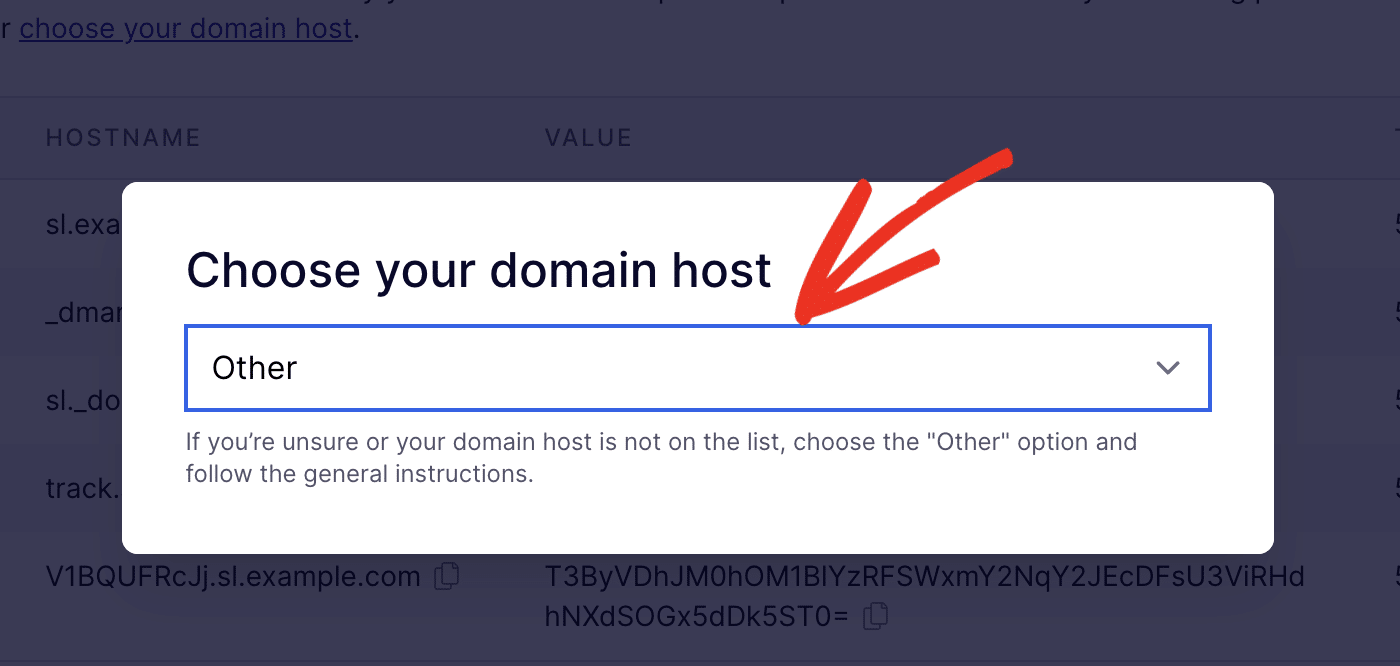
Note: When you add a new domain to your SendLayer account, we’ll create a subdomain for you that starts with ‘sl‘ (e.g. sl.example.com). For additional information, be sure to check out why SendLayer creates a subdomain.
Here are the types of DNS records that SendLayer provides:
The 5 records will each have a TYPE, HOSTNAME, VALUE, and TTL (Time To Live) that correspond to your domain. For Network Solutions, you’ll need the TYPE, HOSTNAME, VALUE, and TTL information.
Locating DNS Settings in Network Solutions
To get started, open Network Solutions and log in to your account.
Note: For a more straightforward operation, we recommend keeping SendLayer and Network Solutions open side by side in your browser.
To find your domain’s DNS settings once you’ve logged in, first click Domain Name.
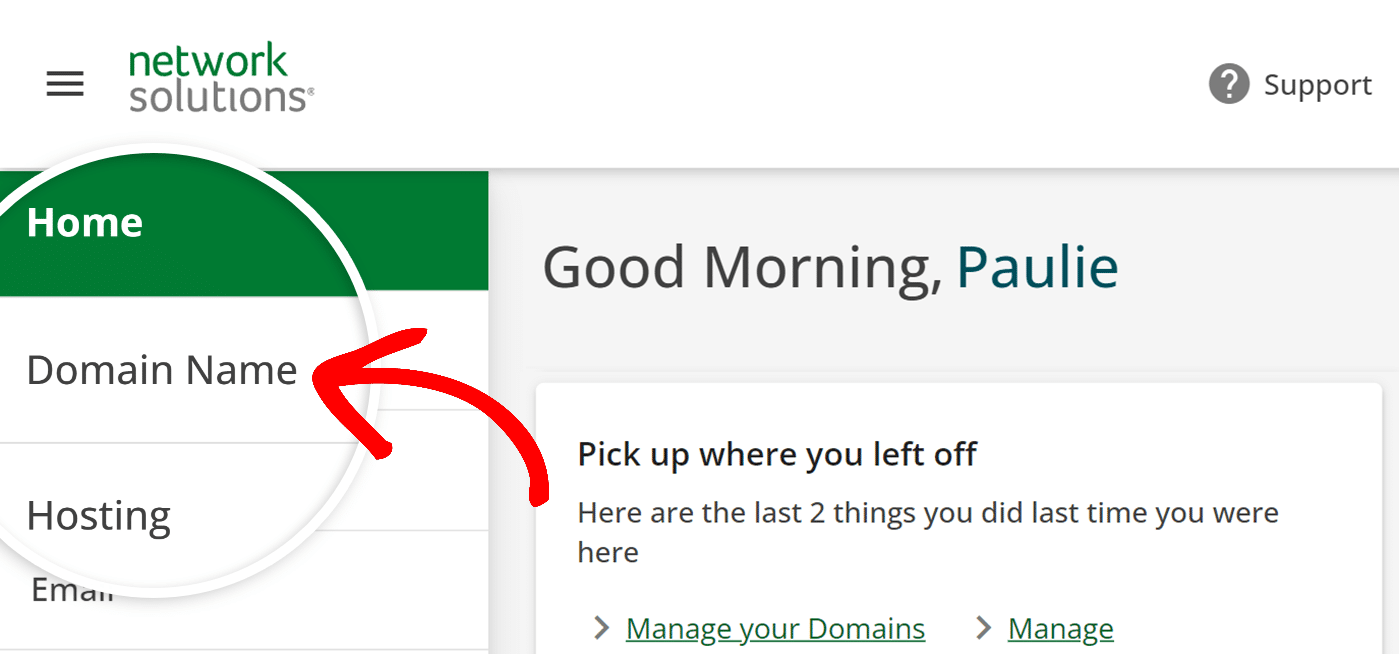
On the next page, you should see a list of your domains. Go ahead and click on the same domain that you’ve added to your SendLayer account.
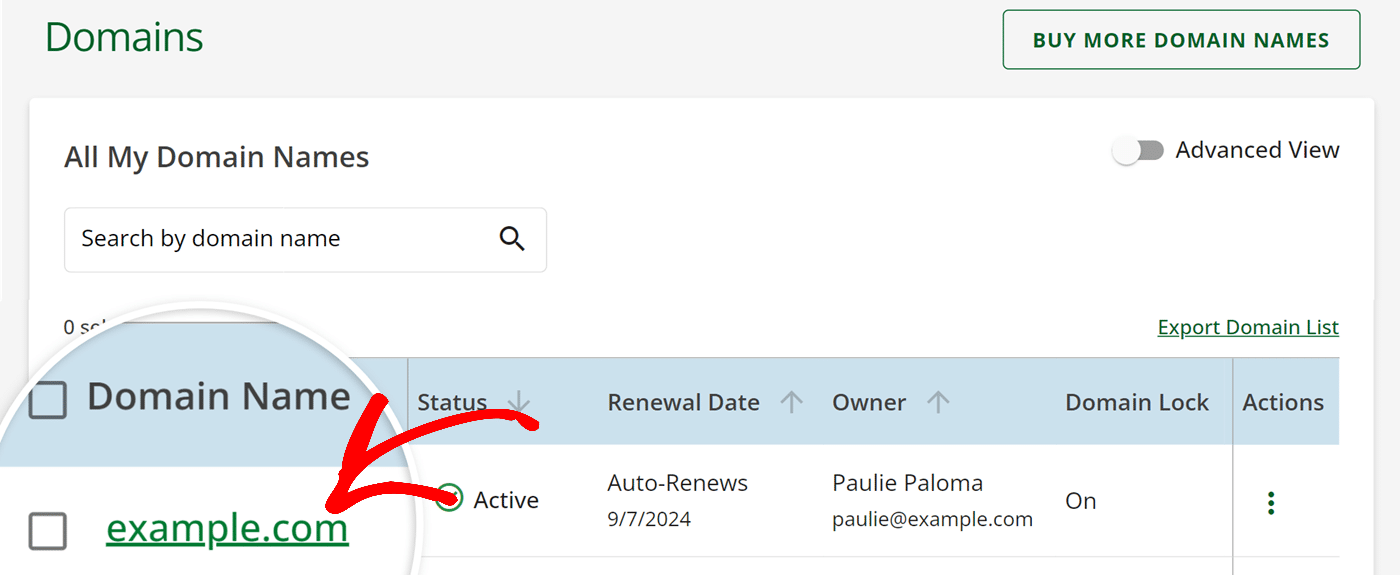
On the following Network Solutions page, scroll down to the Advanced Tools section and click on it to expand it.
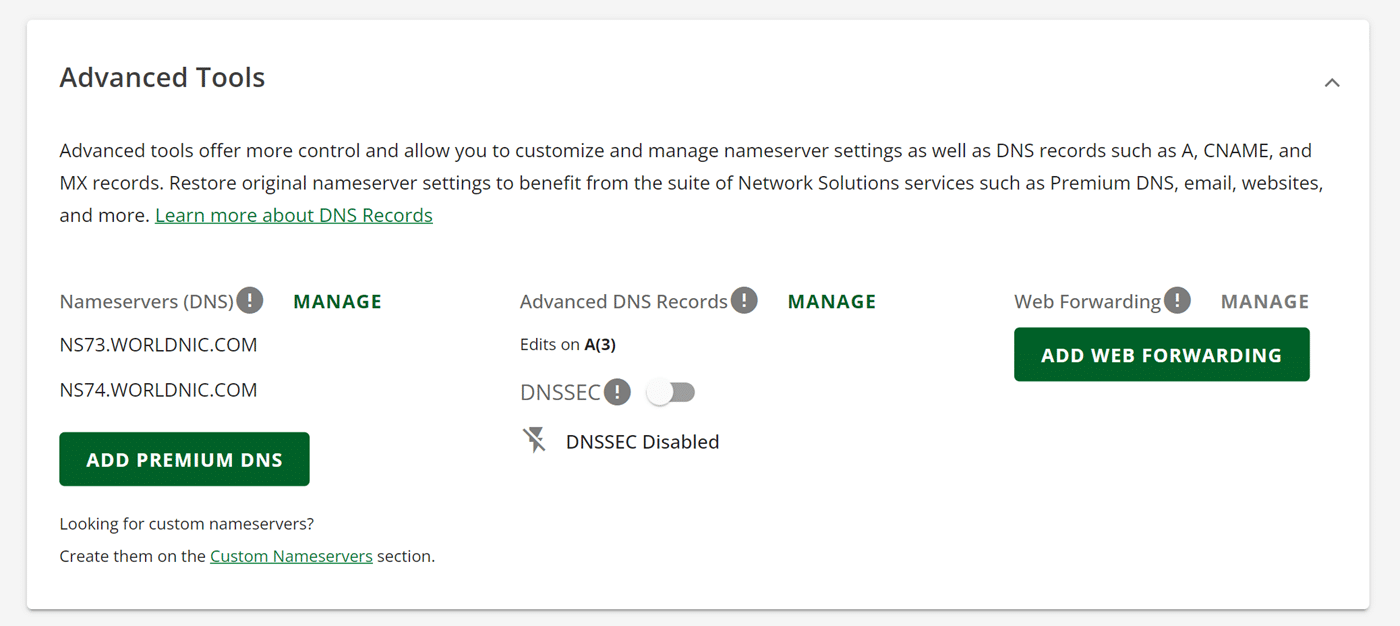
Next, edit the Advanced DNS Records by clicking the MANAGE option next to it.

This will take you to the DNS page where you can view and manage your DNS records.
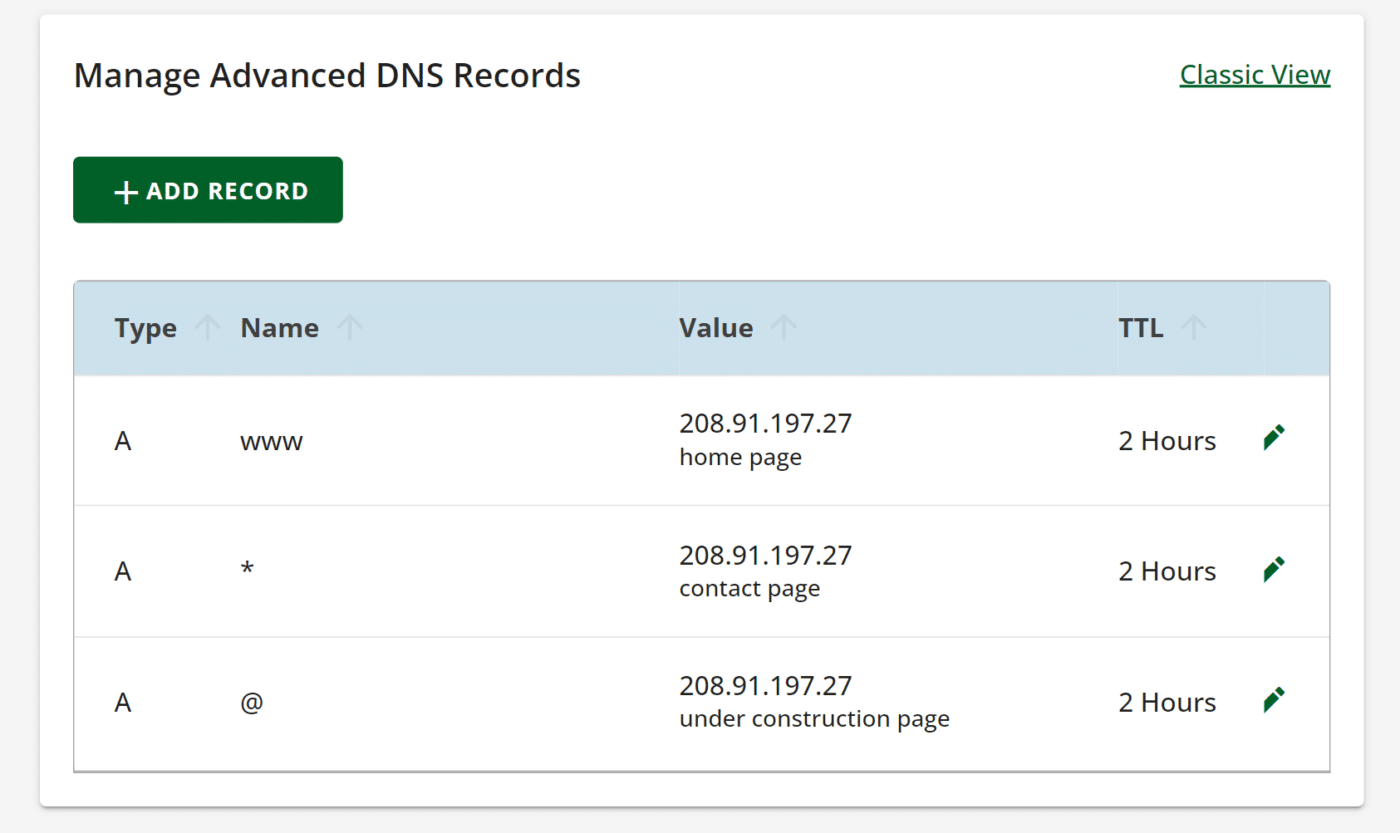
Adding DNS Records in Network Solutions
To add a new DNS record to your domain, click the + ADD RECORD button.
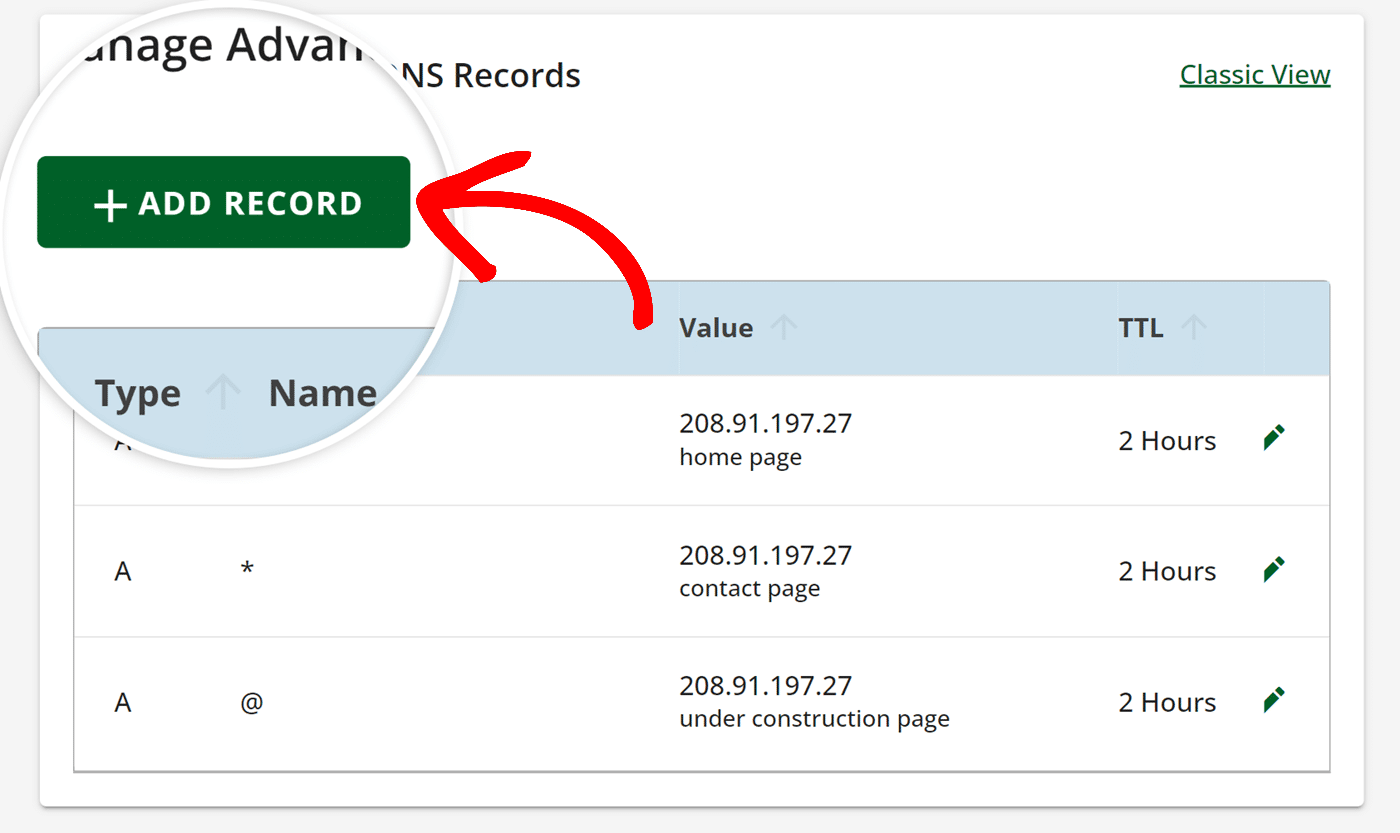
This will open a popup that allows you to enter details for a single record.
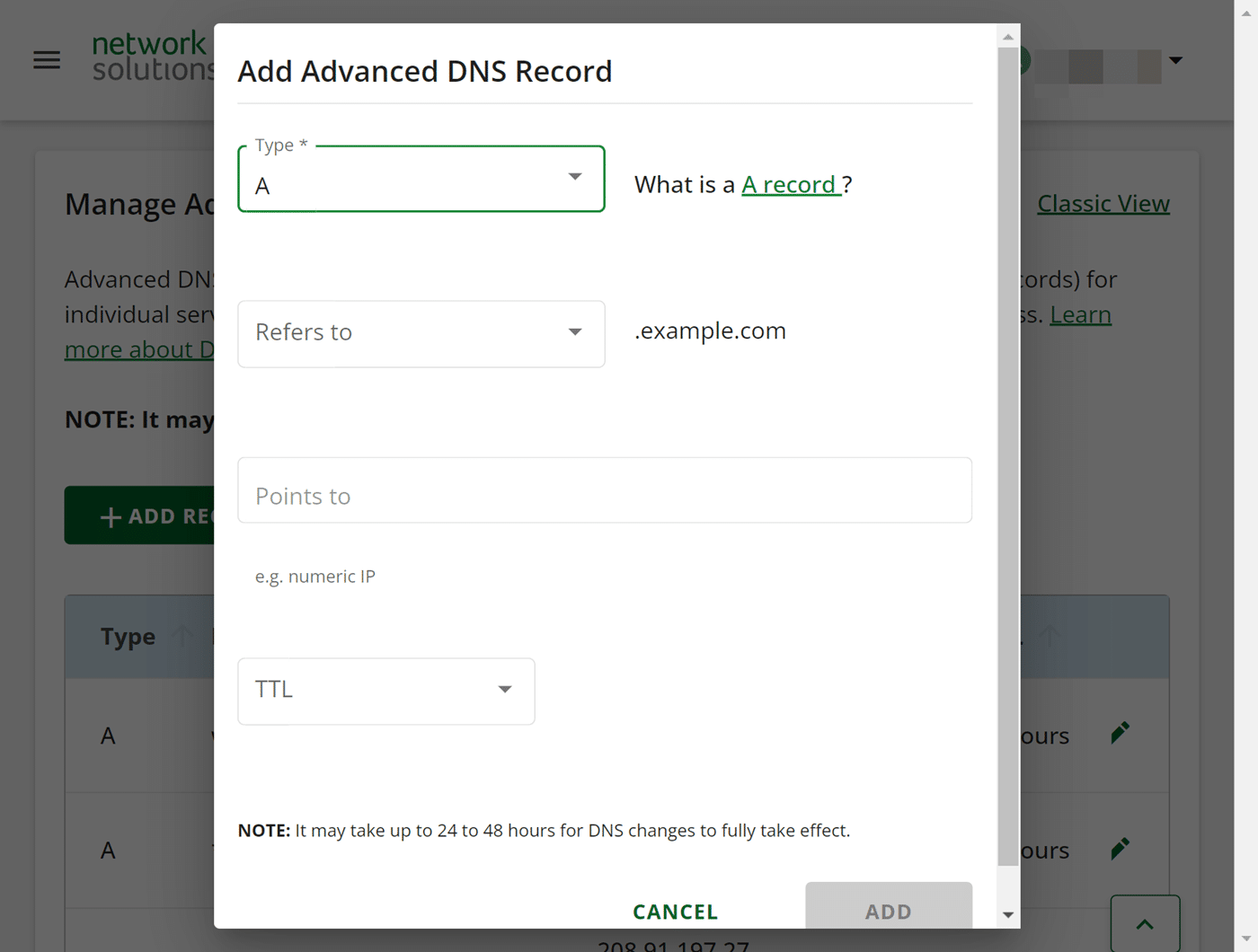
You’ll need to add each of the 5 DNS records that SendLayer generates to the corresponding fields in your Network Solutions account.
As an example, we’ll add our first CNAME record to our Network Solutions DNS settings.
First, click the Type dropdown and select CNAME from the list of DNS record types.
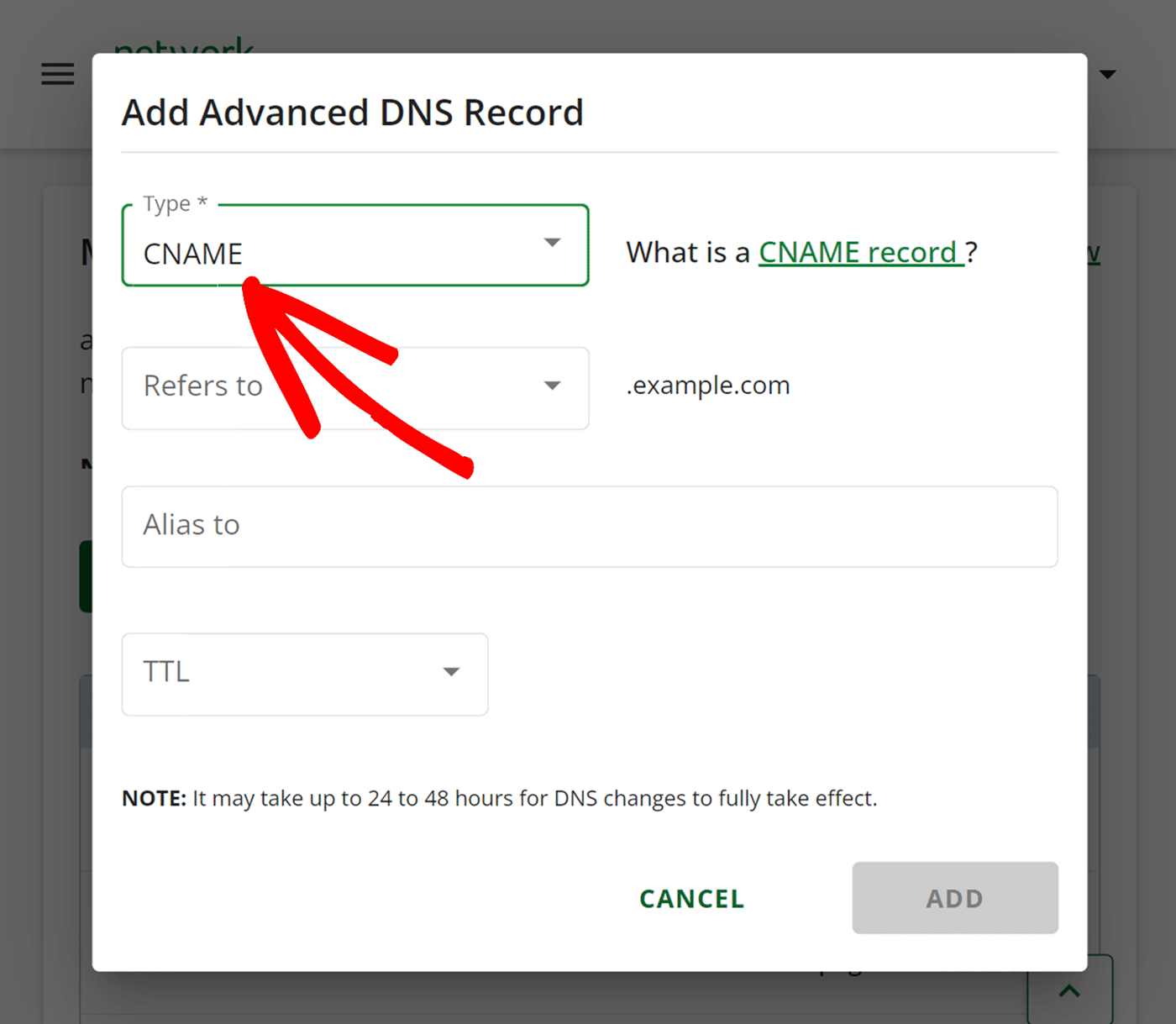
Then, navigate back to your SendLayer account and locate the HOSTNAME. Here you’ll need to copy the sl subdomain.
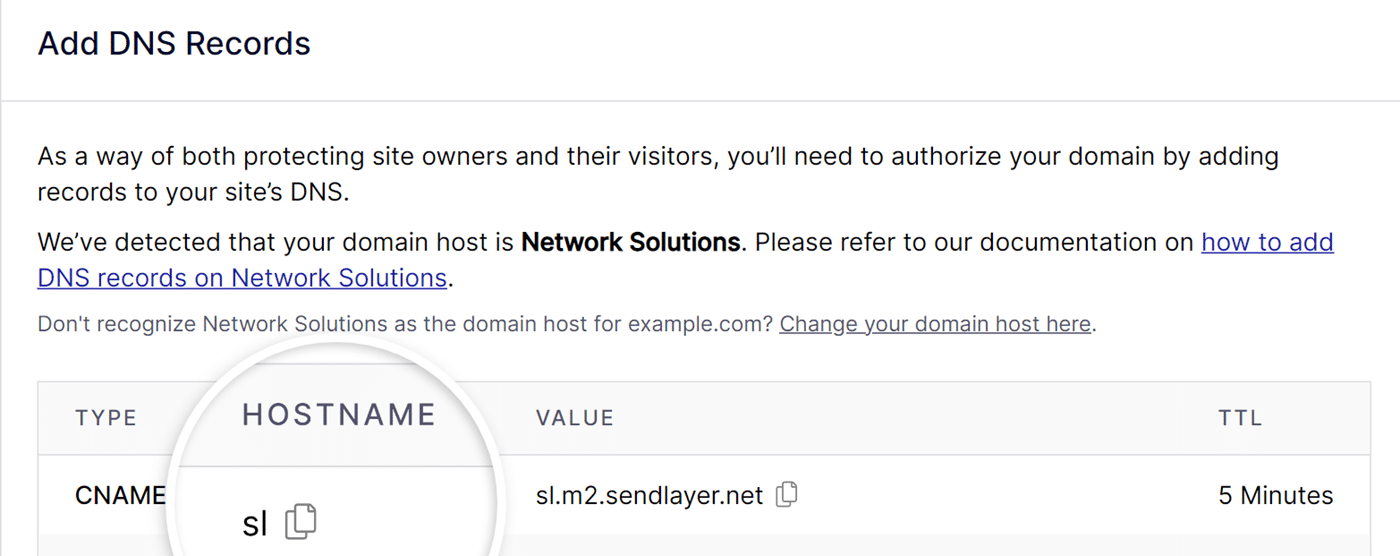
Network Solutions will automatically add your domain name to the hostname of the DNS records you add to your account.
Next, head back to your Network Solutions account and select Other Host from the Refers to dropdown.
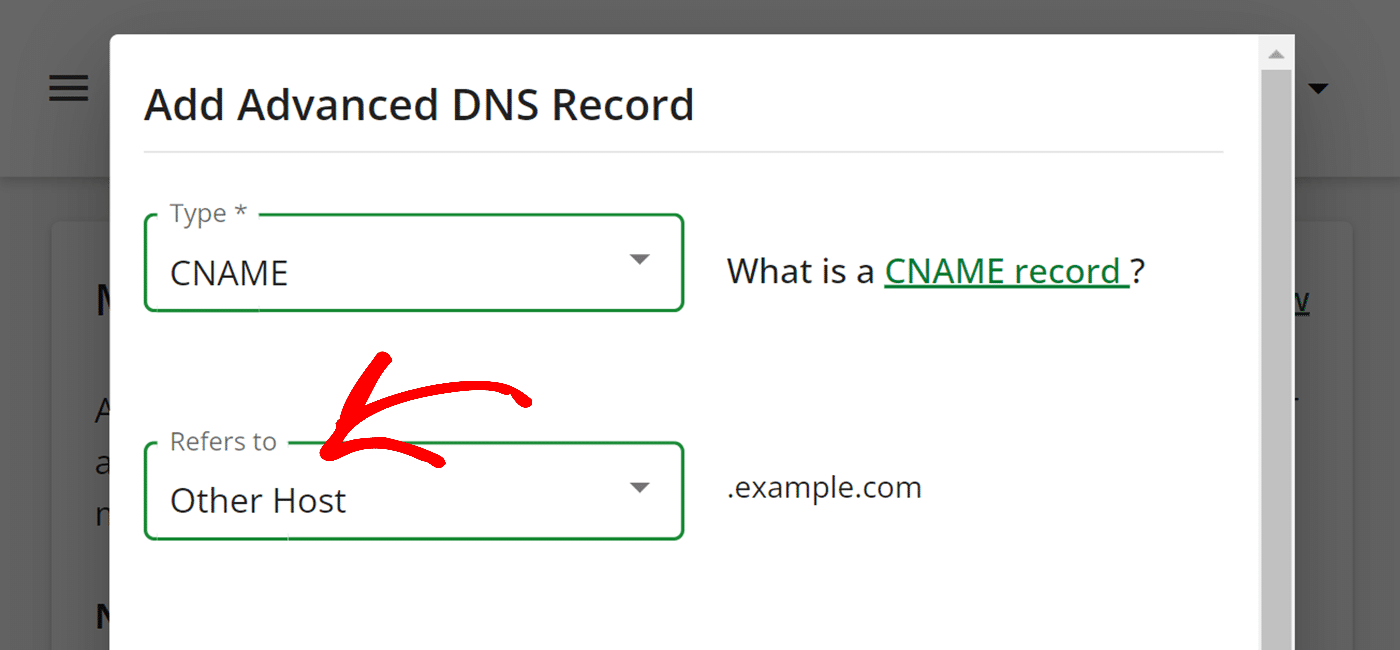
Next, paste the HOSTNAME from SendLayer into the Host Name field on your Network Solution domain’s DNS settings.
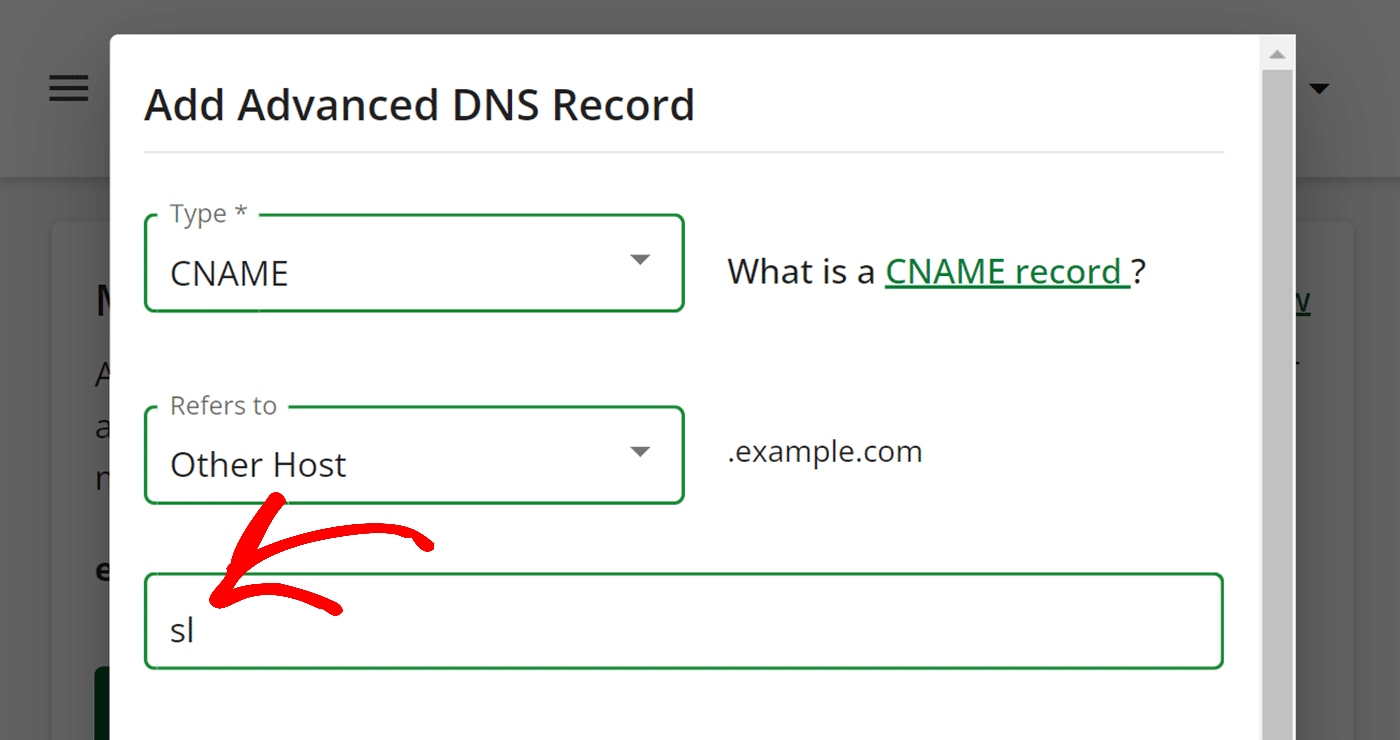
Then, navigate back to your SendLayer account and copy the VALUE by clicking on the copy icon.
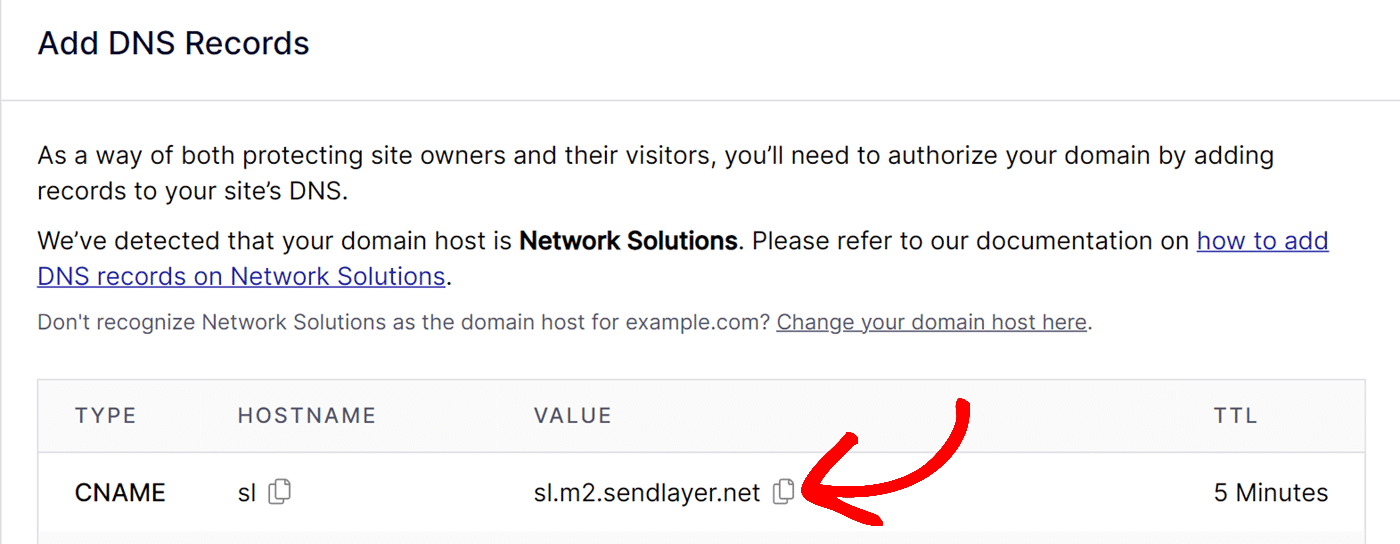
Next, head back to Network Solutions and paste the VALUE into the Alias to field.
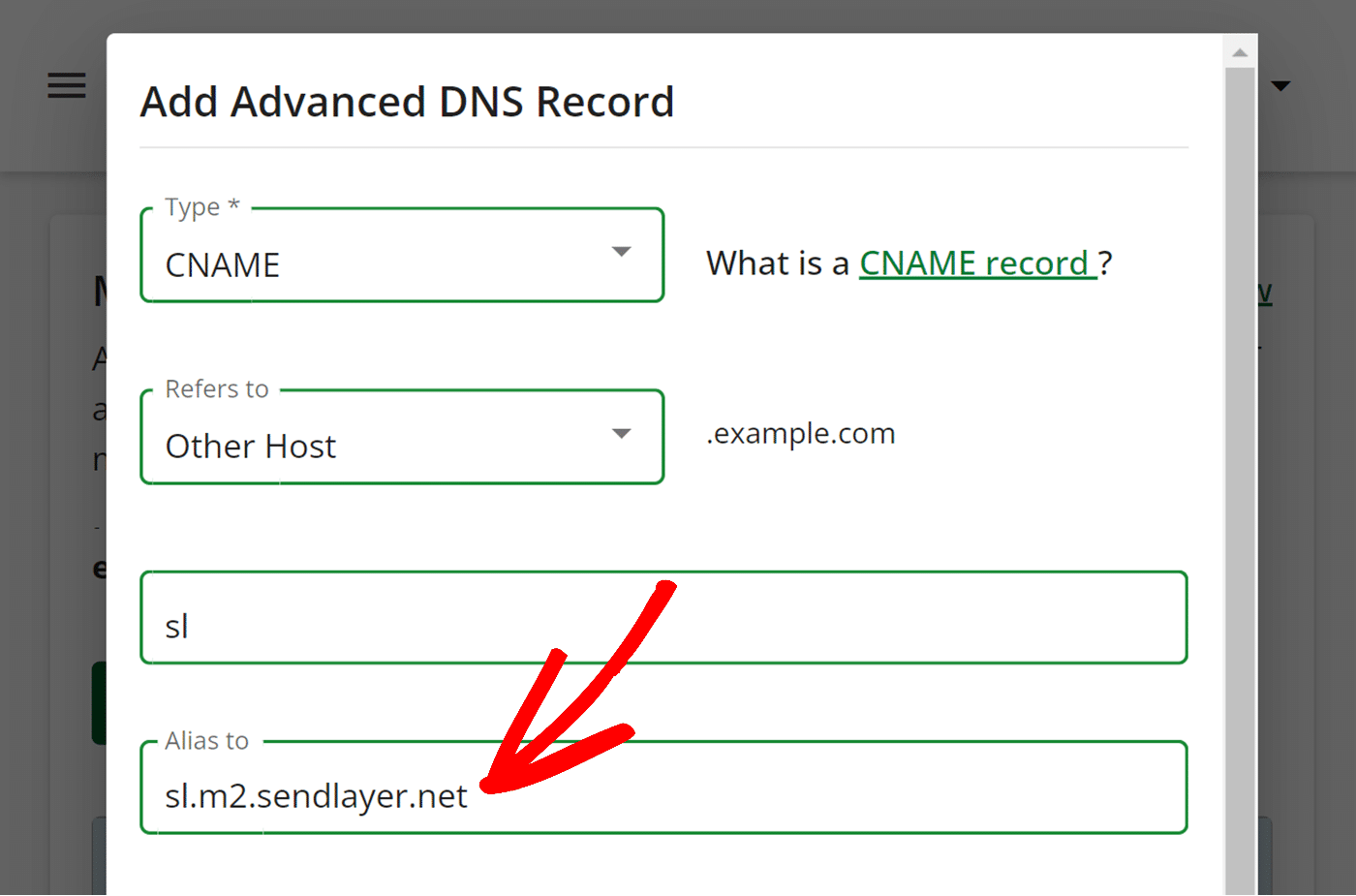
Now, click the TTL dropdown and select 15 min from the list of TTL options.

Once you’ve entered the details for your first DNS record, go ahead and click the ADD button.

Once you’ve successfully added your first DNS record, be sure to repeat this process with the remaining DNS records that are in your SendLayer account. You should be adding a total of 4 different CNAME records and 1 TXT record.
Checking Your Domain Status
After you’ve added the DNS records to your Network Solutions account, you can check if they’ve successfully propagated right from your SendLayer account. Remember, it may take up to 24-48 hours for your web hosting account to apply the DNS changes.
To learn how to check if your DNS records have been added successfully, check out our tutorial on checking your domain status.
That’s it! Now you know how to set up SendLayer on Network Solutions.
Next, would you like to learn how to protect your website from spam? Check out our tutorial on spam protection for more information.